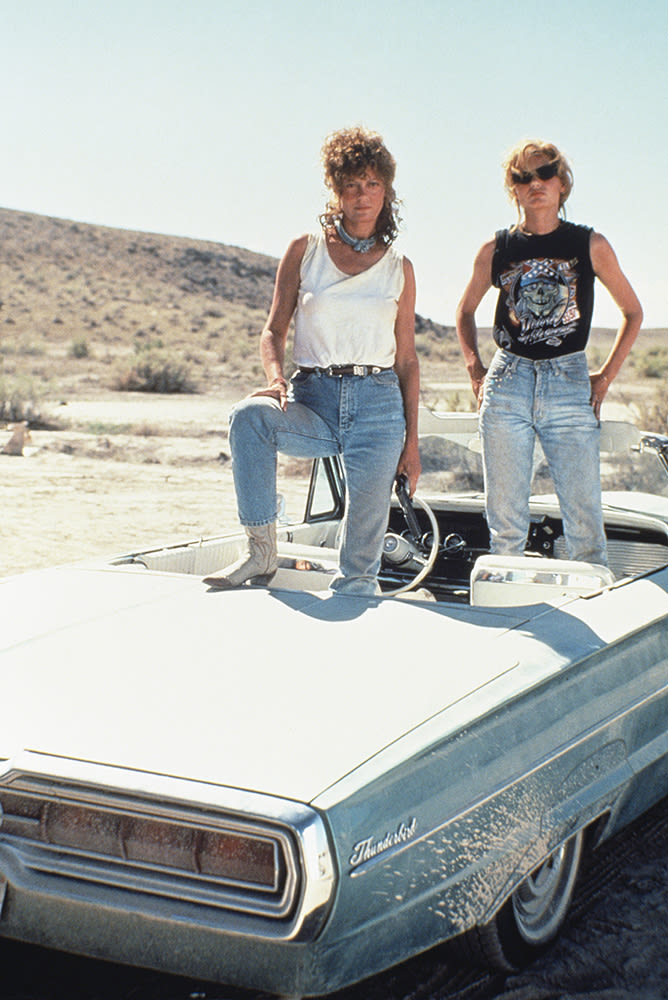Any really terrible sunburn I’ve suffered in life has largely been the result of inertia—a handful of long, languid days on a beach, where sleep took priority over common sense and sunscreen. Thankfully up until now, my skin has been able to soldier on despite this occasional, unintentional neglect. Sneakier is the damage done during my more mobile moments. In the last year or so, I’ve become an unwilling host to two sun spots on the left side of my face. Meanwhile, my right side, though freckled as ever, has kept mostly clear. After applying some amateur, Wallander-inspired forensics to the situation, I’ve figured it out. The culprit is me taking daily drives in my car.
It’s easy to forget that you can’t outdrive the sun. While the windshields of most cars are treated to block both UVA and UVB rays, side windows are not, making drivers vulnerable to the deep-penetrating UVA variety that causes premature aging and increases the risk of skin cancer.
“We definitely see more extensive sun damage on the left side of the face because of increased UV exposure with driving,” explained Dr. Miriam Hanson at Sanova Dermatology in sunny Austin, Texas. “I always ask my patients to keep a bottle of sunscreen in the car so they can reapply every two to three hours, in case they get stuck in traffic or have a long commute.”
All of which means, it's time to figure out which facial sunscreen is good enough (read: doesn't smell, break me out, look chalky) for me to use the dermatologist-recommended teaspoon’s worth of facial sunscreen every day. Longtime favorite of ITG and skincare specialists in general, Elta M.D. UV Clear Broad-Spectrum SPF 46 is a strong contender, boasting 9 percent of UV-deflecting zinc oxide. The cheaper option is Neutrogena’s Age Shield Anti-Oxidant Face Lotion Sunscreen; it’s formulated with avobenzone and oxybenzone, both of which which protect against UVA damage. La Roche-Posay’s Anthelios SX Daily Moisturizing Cream with Sunscreen, while pricey, is made with UVA-blocking ecamsule in addition to avobenzone.
(Though, take note: In the stateside sunscreen market, a change is on the horizon. This past November—perhaps acting in service of the skin of those in his motorcade—President Obama signed the Sunscreen Innovation Act. This law aims to fast track a number of UVA-screening formulas that have been sitting on the FDA’s backburner for over a decade, so be on the lookout for new products in the coming months. But for the moment, let's go back to your regularly scheduled programming.)
Sun-sensitive body parts like lips and hands also need attention when on the road. Nivea’s Kiss of Protection Sun Protection Lip Care has UVA/UVB blockers blended with moisturizing shea butter and vitamin E. For those in the market for a bit of color, Fresh's Sugar Lip Treatments are a good bet (they include oxybenzone). I usually apply any leftover face lotion to the top of my hands, but for those looking for a more limb-specific product, try Supergoop's Forever Young Hand Cream. One caveat: high temperatures can degrade sunscreens' active ingredients, so avoid leaving products behind in the car, especially during the summer.
Finally, this PSA has some in-flight features. Plane windows also lack UVA protection—window-seaters out there, take note. The sun’s intensity is far greater at 30,000 feet and so is skin’s susceptibility to damaging rays. (Pilots, for their part, face a higher-than-average risk of melanoma.) In keeping with TSA regulations, carry on a balm like Neutrogena’s Ultra Sheer Face and Body Stick Sunscreen or a dust-on SPF such as Peter Thomas Roth’s Anti-Aging Instant Mineral SPF 45, and you’ll be good to go. Here's to safe (and sunny) travels.
—Lauren Maas
Photo via Getty.

